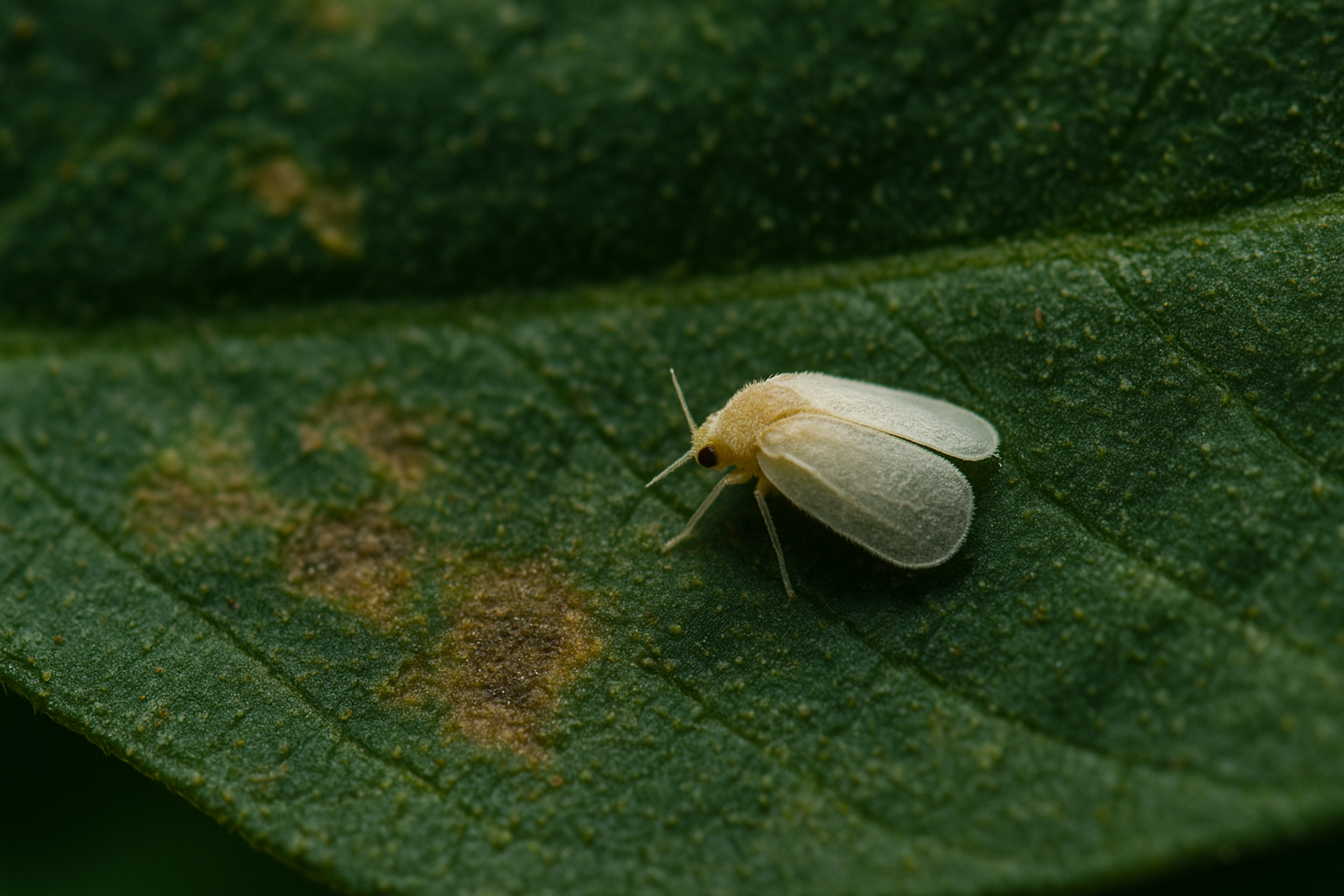How is ToMV transmitted?
ToMV can be transmitted through various means: Sap transmission, which involves transferring sap from an infected plant to a healthy one, commonly used to test the pathogenicity and host range of the virus. Infected seeds, which can introduce ToMV to new plants. Human handling, where contact with infected plants by humans can lead to transmission. Contaminated tools used in routine activities that can carry the virus. Tobacco products, as both tobacco mosaic virus (TMV) and ToMV are Tobamoviruses and can spread through tobacco products. And artificial grafting, where grafting infected plant parts onto healthy plants can transmit the virus.
Tomato Mosaic Virus (ToMV) primarily infects plants in the Solanaceae family (which includes tomatoes, peppers, and potatoes) and the Brassicaceae family (which includes cabbage, broccoli, and mustard). In a host range test, ToMV demonstrated an affinity for solanaceous and cruciferous plants. However, it has been detected on other plants as well, including cucurbitaceous and leguminous species.
Symptoms and diagnosis
Typically symptoms include vein lightening followed by marked mottling or mosaic patterns on the leaves. In cases where an Aucuba strain of ToMV is present, the alternating green, yellow, and/or white patches on the leaves can be particularly striking. Additionally, other symptoms may manifest as embossing and wrinkling of the leaflets and leaves, often accompanied by curvature, reduction in size, and deformation. These symptoms can take on a filiform or fern-like appearance, especially in winter or when the plants lack sufficient light. Other indications of ToMV infection include flower drop, mottling, or discolouration of the fruit, with occasional presence of rings. Internal necrosis of vascular tissues (internal browning) may also occur in affected fruits. In severe cases, there may be a reduction in plant growth and yields, particularly if the attacks have occurred early in the plant's development.
Tomato Mosaic Virus (ToMV) is diagnosed in plants through visual inspection for characteristic symptoms, serological tests like ELISA to detect viral antigens, and molecular techniques such as PCR for amplifying and detecting viral DNA.
Management and control strategies
Genetic resistance:
Tomato breeding programs focus on incorporating resistance alleles from wild germplasm. Genetic resistance, particularly the Tm-22 gene found in cultivated Solanum lycopersicum genotypes and wild species like S. arcanum, has proven effective against ToMV. Resistant genotypes can be utilised for breeding high-yielding and ToMV-tolerant cultivars through heterosis and recombination breeding. Resistant cultivars include for example ‘saladette’ for tomatoes or ‘telestar’ for peppers.
Sanitation and rouging:
Practices like removing symptomatic plants (rouging) and maintaining clean growing environments (sanitation) help reduce ToMV spread. While not fully efficient, these practices contribute to disease management.
Cross protection:
Pre-inoculating plants with mild strains of the virus can provide protection against severe strains. However, the effectiveness of cross protection varies.
Conclusion
In conclusion, Tomato Mosaic Virus (ToMV) poses a significant threat to tomato and other crop production globally. Growers need to actively monitor the plants every day and act according to the sanitary best practices as preventing is a lot less expensive than curing. Growers should look into genetic resistance, sanitation practices, cross protection, and integrated pest management to mitigate the potential impact of ToMV.




